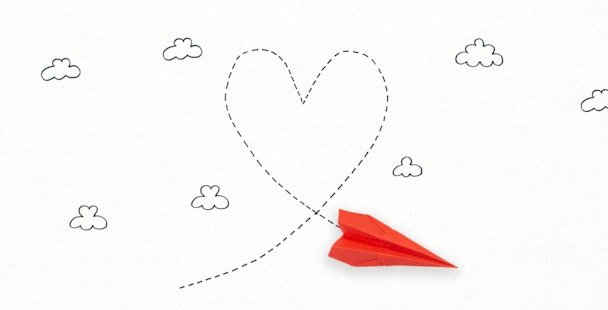There's good news and there's bad news: why positivity on social media drives positive interaction
Have you ever noticed how little the news informs us about the positive things that are happening in the world? Social media has created a world for us to freely share our opinions, but are they really your opinions or are they the opinions of the media corporations that have influenced the way you think?

One positive message on social media can have a global ripple effect.
Without realising, the news can shape your identity and change the mood of how you started your day. What’s the first thing you do when you wake up? Do you check your phone? Is the first thing you see in the morning negative? Researchers have found that when you watch negative news, it can instil symptoms of worry and depression. So what can we do to change this?
Positive psychologist, Professor Lea Waters discusses how “positive emotions don’t just synchronize, they spread.” By posting one positive thought a day, you can improve the mood of someone else’s day; it could be as simple as ‘everything will be ok,’ for those having negative thoughts that day, it will remind them to be positive about whatever is happening in their lives.
Waters discusses how these posts spread through social networks via the three degrees of separation; if you share positive news, you are making your friends happy, you are making your friends, friend happy and you are making your friends, friends, friend happy. By sharing one happy message, you could impact someone who lives on the other side of the world without even realising it.
“One simple act of sharing good news sets of a positive ripple effect beyond,” suggests Prof. Waters
Of course, when there is an increase of positive emotions online, there are less negative emotions online. A strong example of this is when the Olympics is on; the love, excitement and healthy competition that is shared online spreads like a virus. During this time, you can see countries supporting each other, their players and everyone, even those who aren’t interested in sport are taking part in the festivities.
The news we share should be a healthy balance between the good and the bad. During Christmas time, the media corporations spread the festive cheer and rally together to show strong charitable support whereas come January the news is likely to discuss how high the divorce rate has become. Why isn’t there a balance? Why has the media made January to be a depressing month, when in fact it should be the opposite. It’s a new year, a new start, a new time for new opportunities.
Professor Waters talks about the elevation effect; this is when we witness excellence in another, it can inspire us to achieve excellence. Sharing examples, as small as witnessing a person buying a homeless person a cup of coffee can inspire someone else to do the exact same thing. This may not be big enough for the media corporations to publish, but it’s enough to create a positive ripple effect online and create a balance.
We can’t let the news shape our identity, make someone’s day better and spread the positivity.
Ridhi Radia is a junior strategist at Wilderness
Content by The Drum Network member:

Wilderness
The World's First Social Media Transformation Agency. We transform the strategy, management, and operations of the world’s most beloved brands. Part of the...
Find out more
